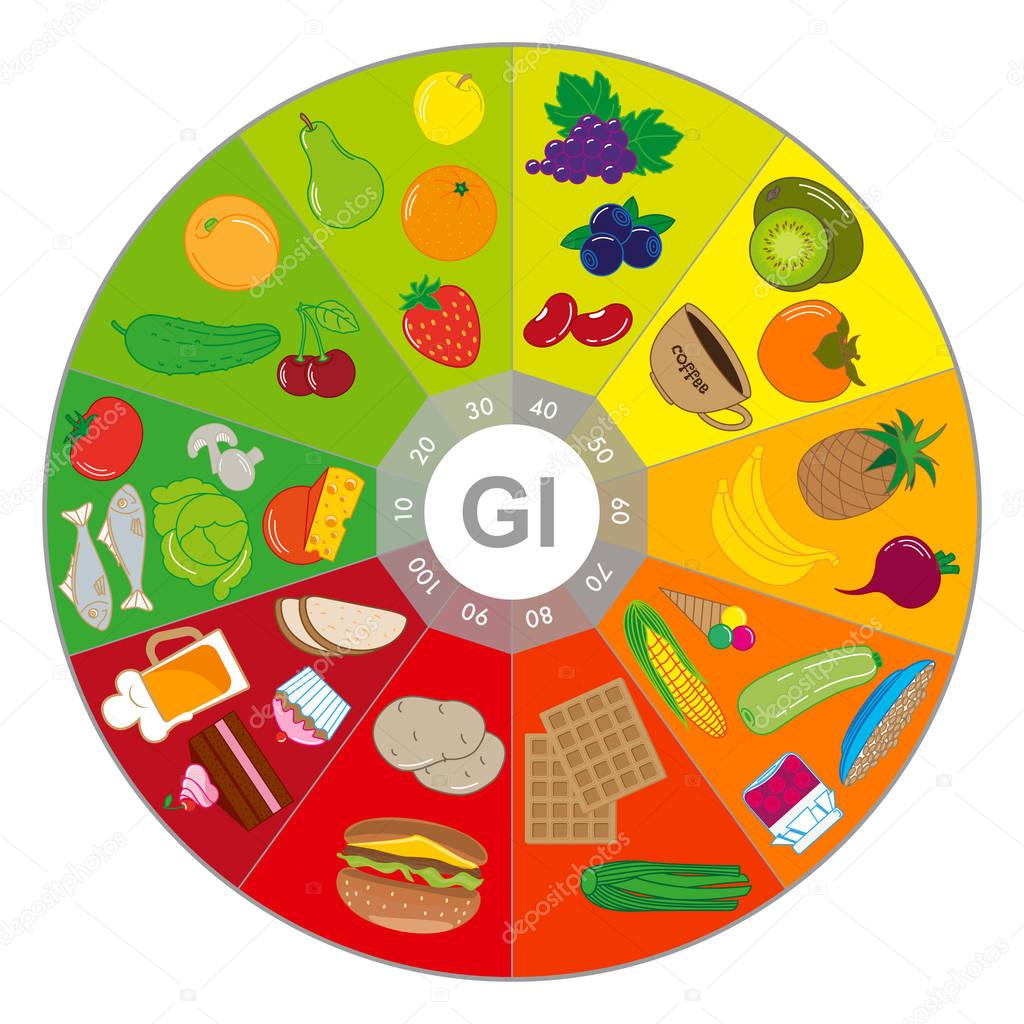Glycemic Index(GI), a standard benchmark for evaluating a human body’s response to foods( carbs),has been around for years now. The GI score of any food tells us how quickly our body converted the food into glucose to provide energy. We are specifically interested to know the GI score of refined carbs such as white rice, white bread, candies & high fructose corn syrup. The higher the score, the more quickly our body’s energy crashes & more we crave for food. This method has been used by a lot of nutritionists in structuring a complex carb quantified nutrition diet specifically for those who want to shed weight.
Let us discuss how this works.
Glycemic Index ranks carbohydrates in foods in respect of how they impact blood glucose level /how quickly the food gets converted into energy source. Those on low GI score- 55 or less get slowly converted/metabolized into energy & causes less rise in insulin levels. While those on high end 70 or more are quick in causing a spike in insulin levels which makes us hungry within an hour of eating. Although this parameter has been there for quite some time, it has its own share of limitations. The rankings of food apply only when it is eaten empty stomach without any other foods
Nutritionally, carbs are an essential part of our diet. Not all carbohydrates are created equal. Carbs in a brown bread is different from carbs in broccoli as well as how our body respond to each one of them
However, the most important & surprising fact is our body’s response to food is different from those of others. For instance, one banana may maintain your satiety level( make you full) based upon your body’s glycemic response while for your colleague your body may respond as if he has eaten a sugary dessert & demand another banana within 30 to 45 minutes. So what this huge difference- The answer lies in your Gut Microbiome!
Depending upon each person’s gut bacteria composition, the body’s glycemic response to food will vary. The Glycemic Index method assumes that every individual response to a particular food( carbs) in a similar way while the fact of the matter is two people can have different glycemic responses to a particular food or two opposite responses between two foods having similar glycemic index.
Basically, it is not the food you eat but what your gut bacteria does with your food determines if that particular food is healthy for you or not. The basic function of gut microbiome is to determine whether your body releases nutrients or toxins & how your body utilize nutrients
To summarize, instead of relying on the Glycemic index to determine a perfect diet/nutrition plan for you( low carb or high carb diet), focus on which foods are good for your microbiome.
Learning about gut bacteria can help you manage & control your blood sugar levels.Take our gut intelligence assessment & fix up free discovery call to know more.
Sources: https://academic.oup.com/ajcn/article/87/1/212S/4633246?login=true


Leave a Reply